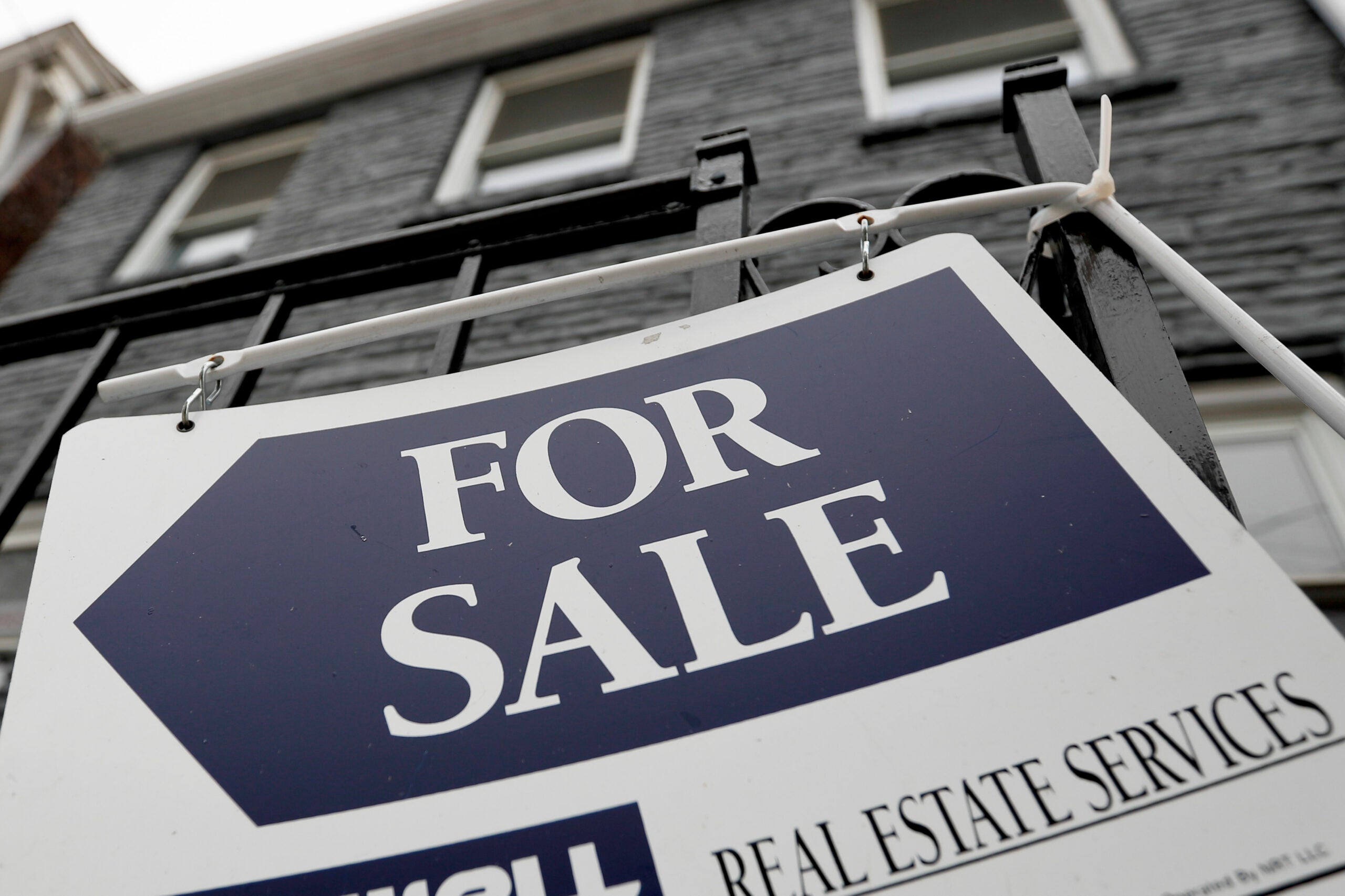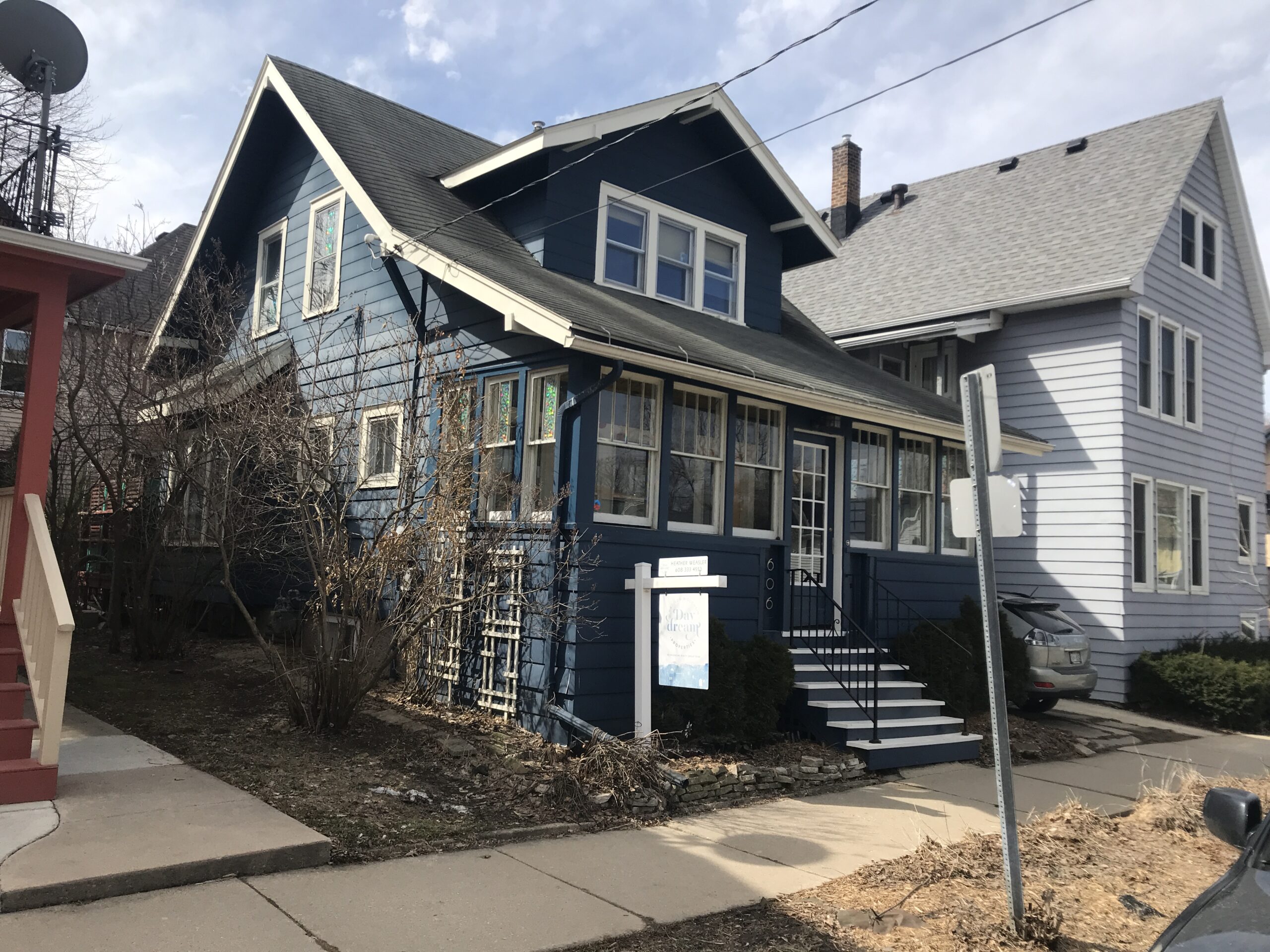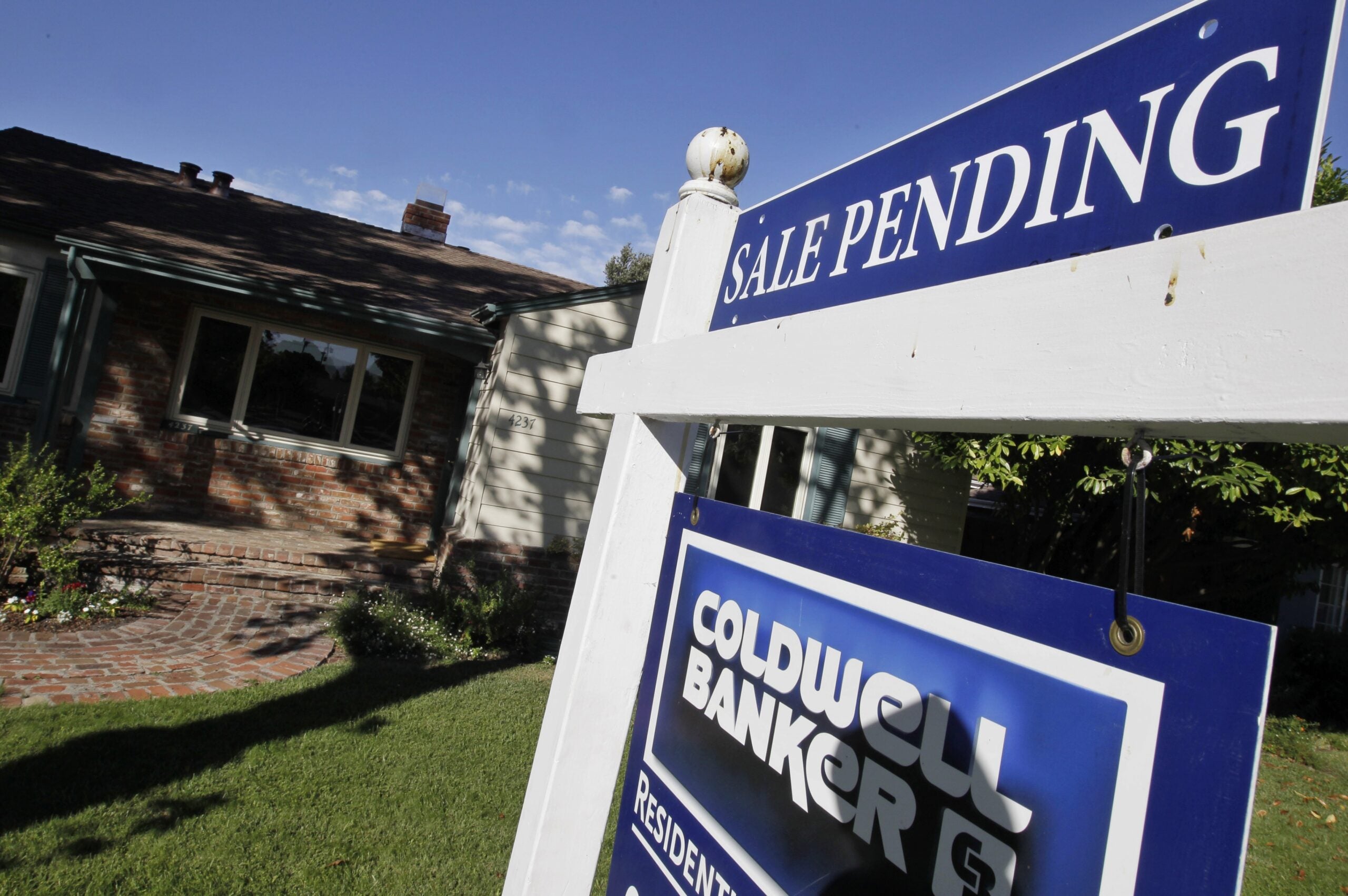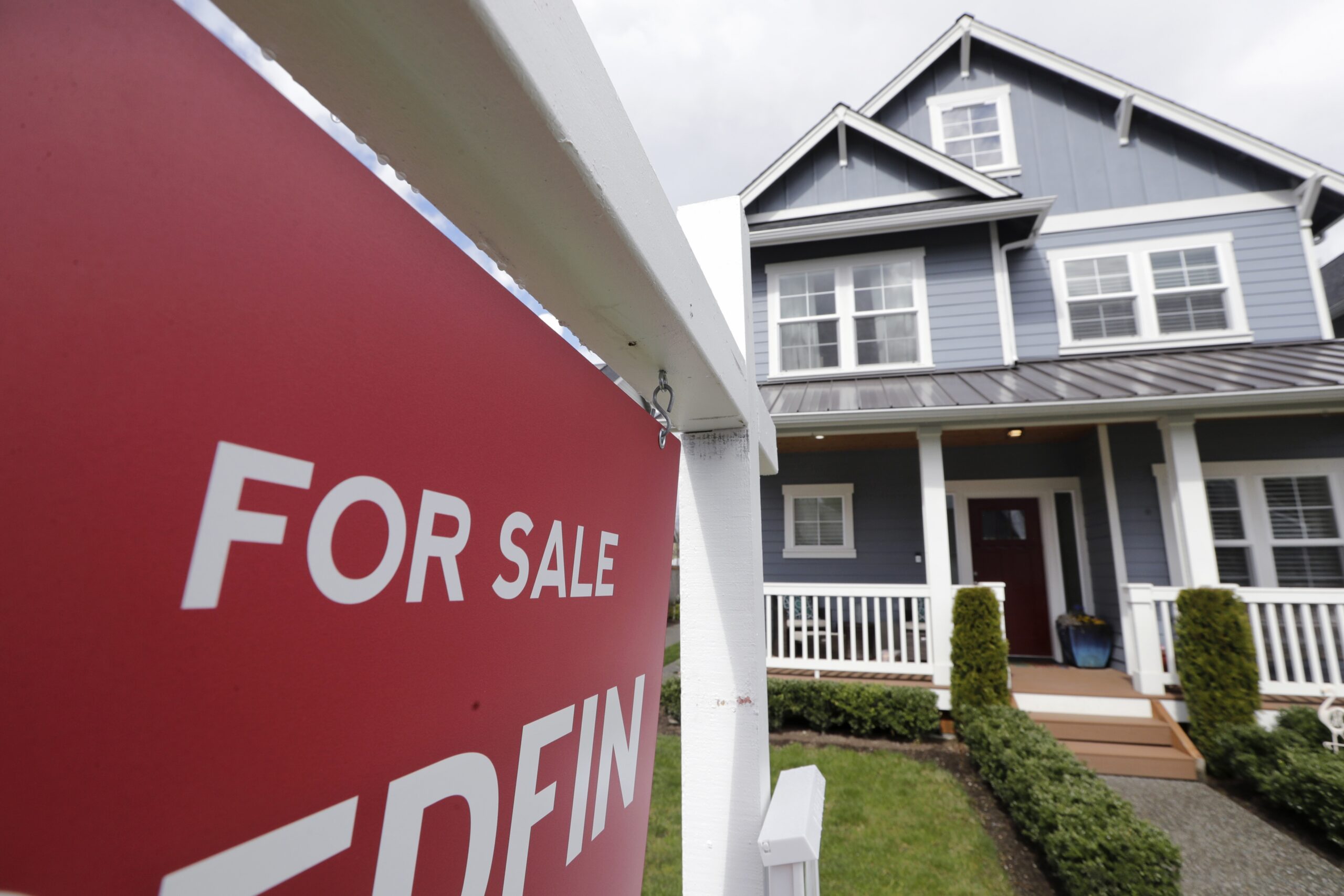Wisconsin has a seller’s market for homes where demand far outpaces supply. That, coupled with high mortgage rates, is pricing first-time home buyers — typically millennials — out of the market.
Those trends could continue through 2023 and into 2024, especially if interest rates remain high, according to David Clark, a Marquette University economist and consultant for the Wisconsin Realtors Association. And when supply and demand realign, he said home prices are unlikely to return to pre-pandemic levels.
From March 2022 to March 2023, purchasing a home has become less affordable, according to a new report from the Wisconsin Realtors Association. Median home prices have increased by 6.9 percent, statewide listings have decreased by over 20 percent, mortgage rates have increased and median family incomes have remained relatively flat.
News with a little more humanity
WPR’s “Wisconsin Today” newsletter keeps you connected to the state you love without feeling overwhelmed. No paywall. No agenda. No corporate filter.
Over the last year, supply has been especially tight for entry-level homes, priced between $125,000 and $350,000, the report said. The strongest supply has been in homes priced at $500,000 or more.
“Not a lot of first-time homebuyers can afford a $500,000 house,” said Julie Flor, president of the Realtors Association of Northwestern Wisconsin.
While first-time home buyers have been negatively affected, home sales have also decreased by 27.4 percent over the first three months of this year compared to the same period in 2022, the report said.
“The fact that you have more buyers who want to buy homes than homes available puts some pretty strong upward pressure on prices,” Clark said. “Weak supply (and) strong demand translates into (fewer) sales at higher prices.”
He said millennials had been gaining ground in the housing market after reaching home-buying age during the Great Recession, but recent economics have reversed that trend.
“Affordability has slipped for them and has made it more challenging for them to effectively compete for these homes,” Clark said. “That is going to be a temporary shift. It’s certainly not going to be something that will persist for long periods of time, because the millennial population will grow (and) will be bigger relative to the baby boom population because the baby boom population is much older.”
In order to achieve a balanced housing market, where supply is in line with demand, available inventory in the state would need to increase by 24,000 homes, or 178 percent, from current levels, the report said.
Clark said it’s unlikely that supply will come in line with demand this year, and it will likely take several years.
“It’s going to be a while before it turns up significantly enough to put us back in a balanced market,” Clark said. “Now if you have a significant recession, that will have an effect.”
Flor added that high interest rates are also exacerbating supply and demand imbalance for first-time home buyers. According to the report, the average monthly mortgage rate increased from 4.17 percent last March to 6.54 percent this March.
“When interest rates were 3 percent, they could afford a lot more of a home. Their buying power was much higher,” She said. “When it’s a higher interest rate, you can afford less of a house.”
The Federal Reserve has increased short-term interest rates in an effort to slow down inflation. Those short-term rates have an impact on long-term interest rates because they signal to lenders that they should add an “inflationary premium” to mortgage rates, Clark said.
“If the Fed is ultimately successful in bringing inflation rates down, they will also bring down those long-term interest rates, such as mortgages,” he said.
Clark said there are some signs that inflation is beginning to fall. Headline inflation dropped from 6 percent annually in February to 5 percent in March. But the Fed’s target inflation rate is 2 percent, and it has signaled that it was open to another interest rate increase in May, Clark said.
He added that increasing affordability for first-time home buyers would take a combination of factors.
“If the economy was growing very quickly and incomes were going up at a very rapid rate, then that can help enhance the affordability and if mortgage rates were coming down that could have the same effect,” he said. “But our current environment is one that’s kind of a perfect storm for lowering affordability.”
Wisconsin Public Radio, © Copyright 2025, Board of Regents of the University of Wisconsin System and Wisconsin Educational Communications Board.







